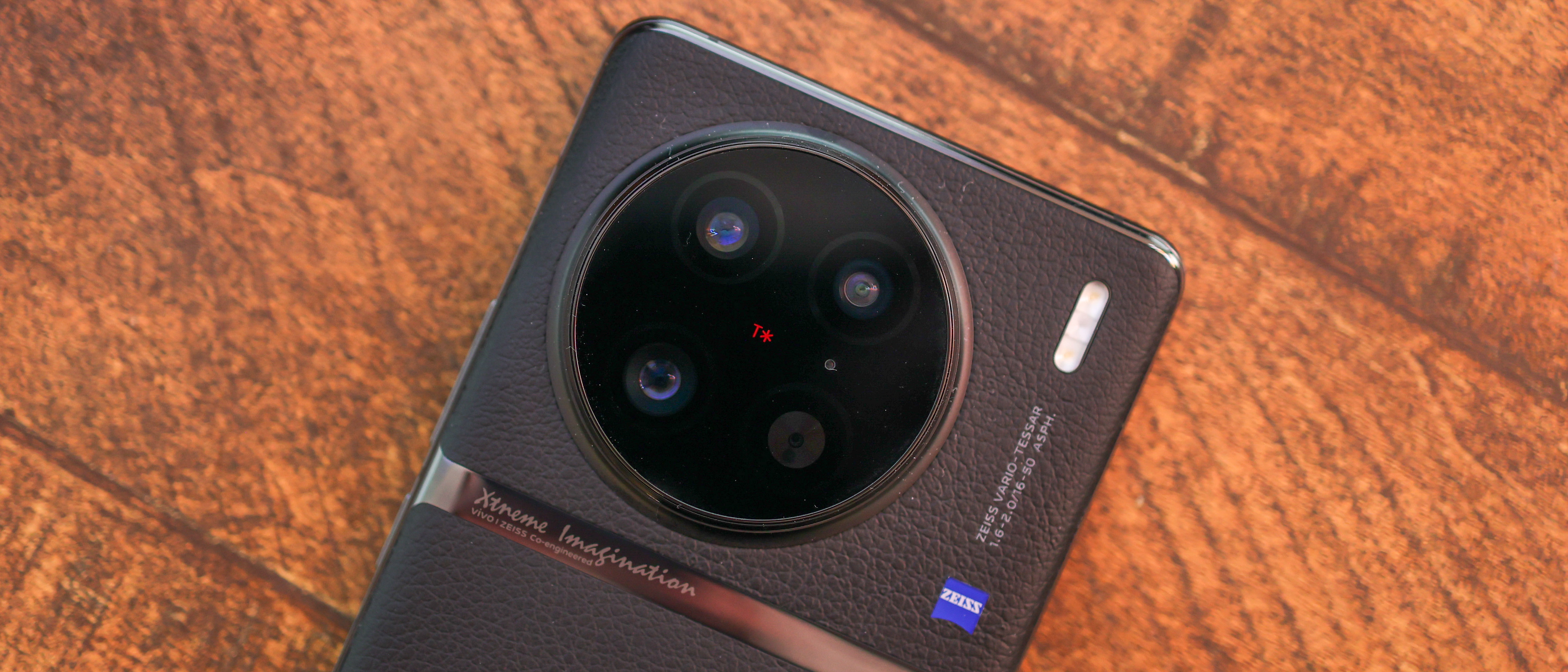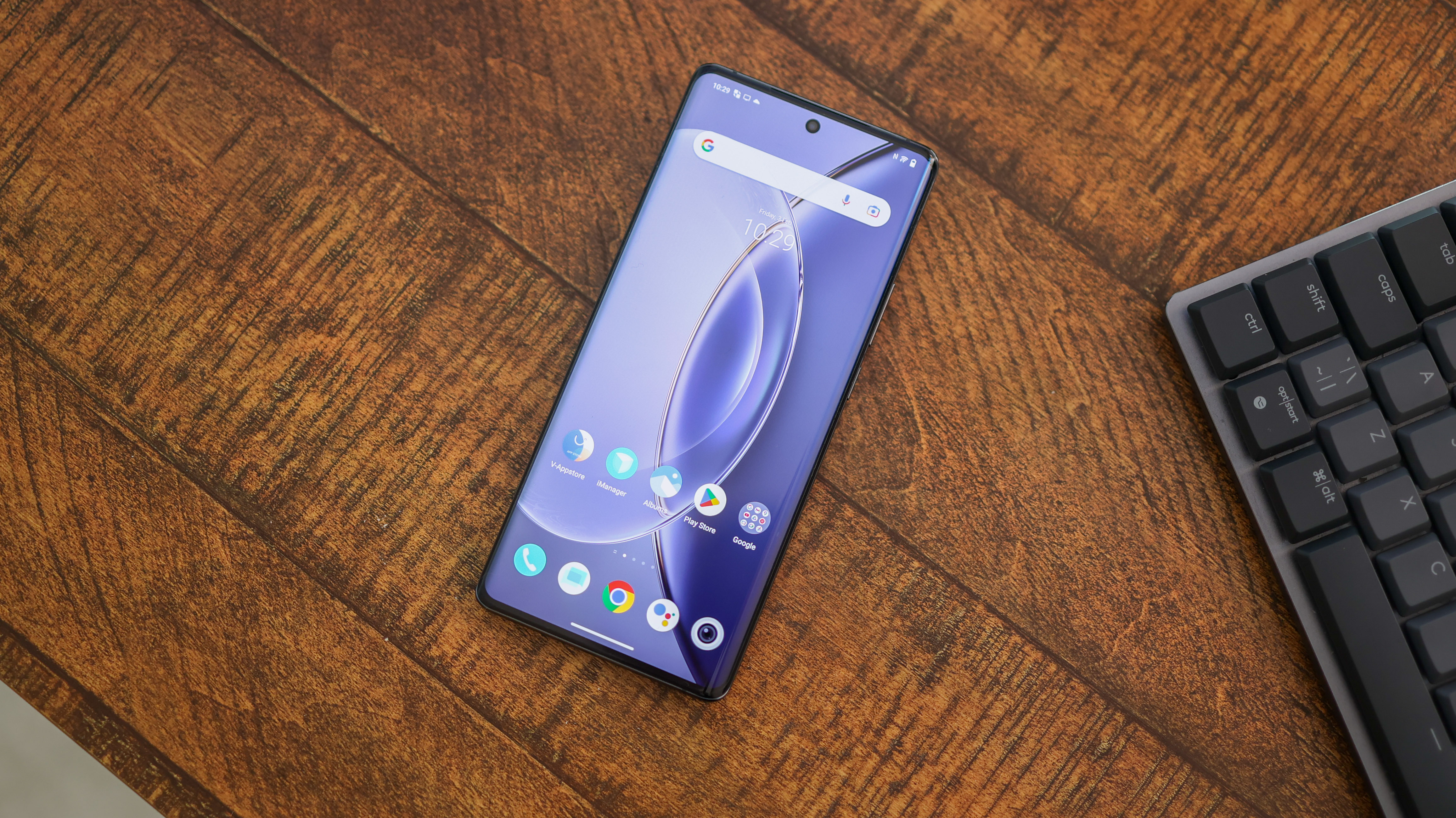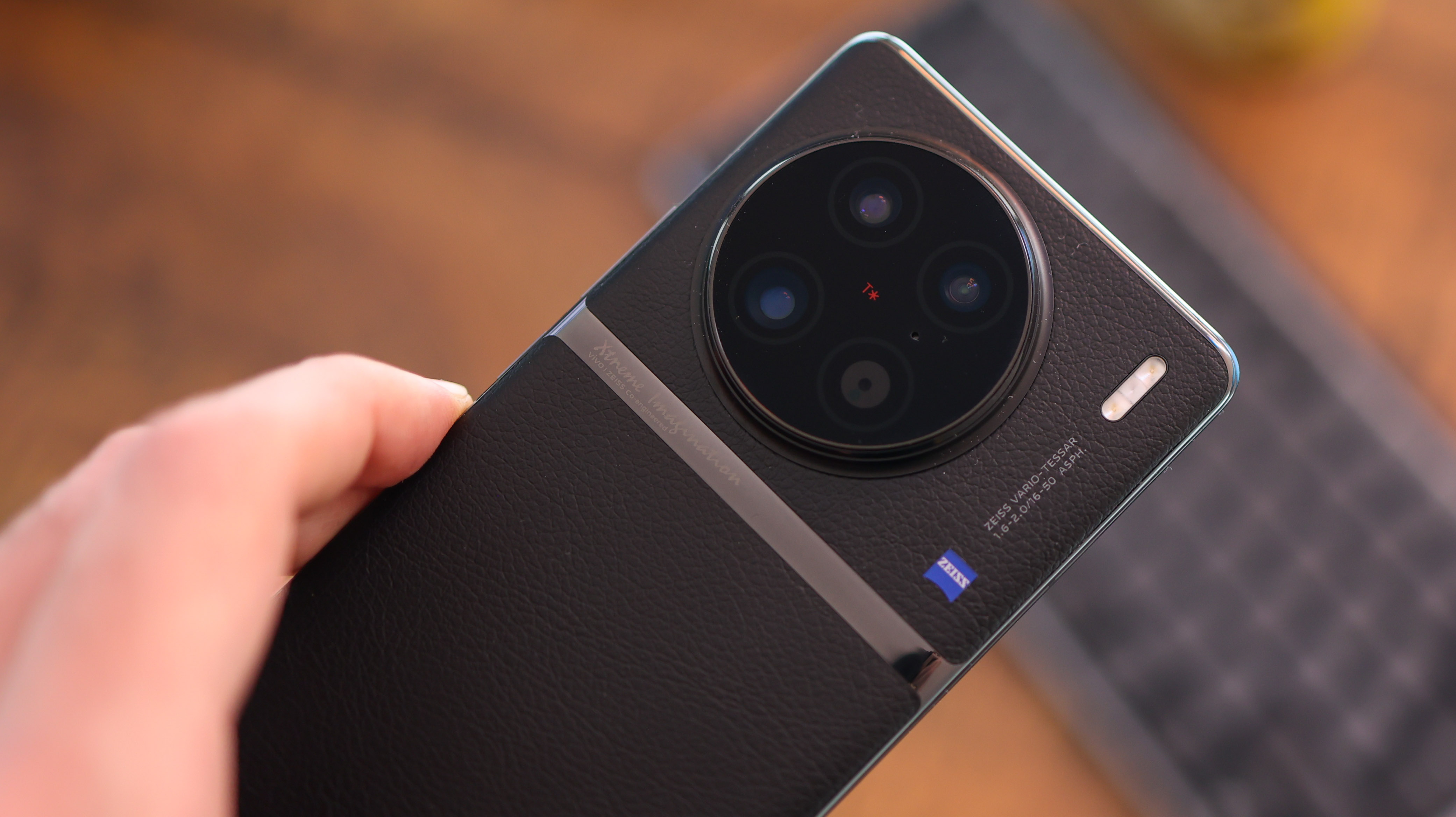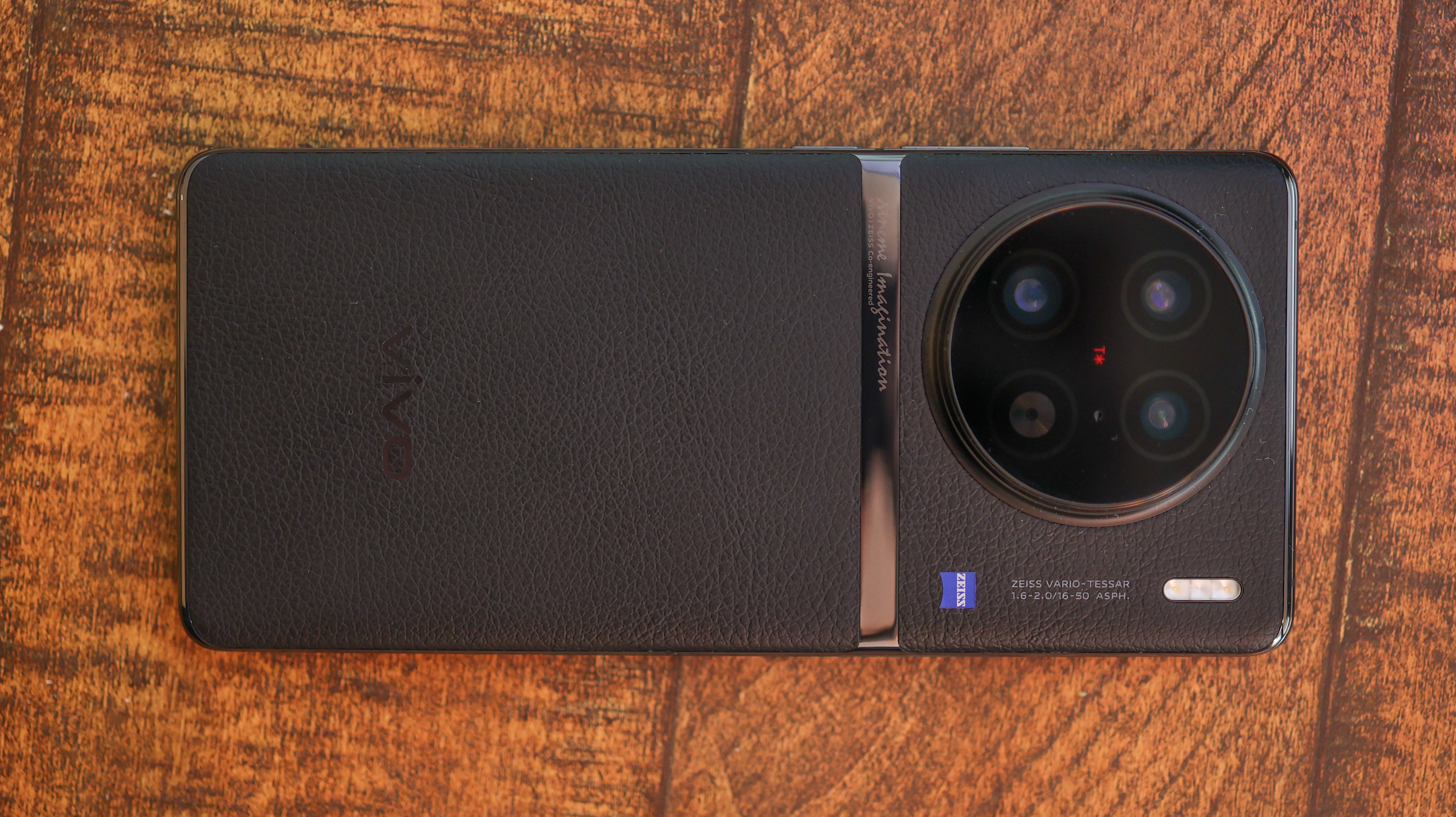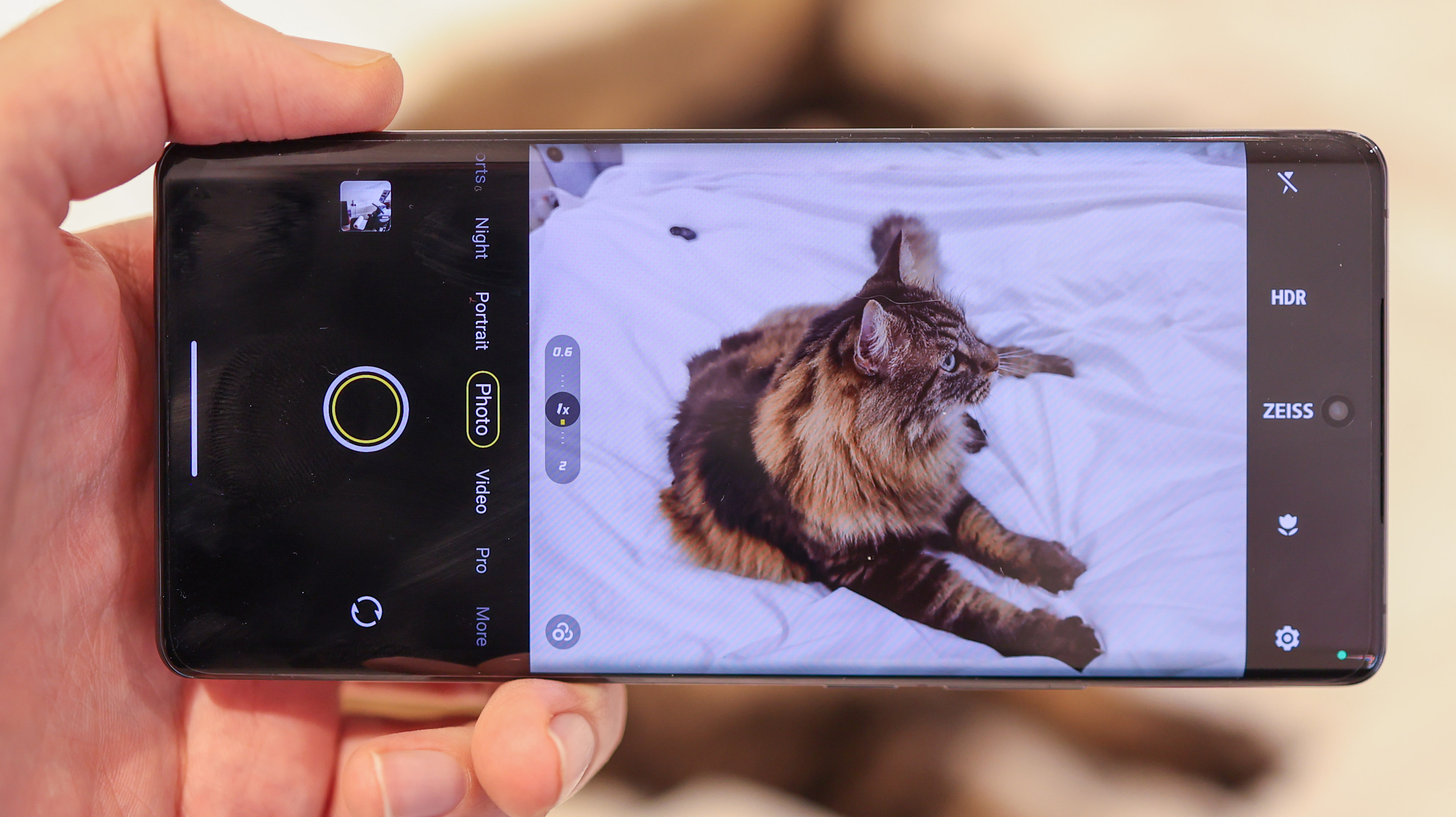Early Verdict
Vivo's X80 Pro charmed us. Despite not being a perfect smartphone, its camera system and processing were excellent, so we could overlook some heat management woes and an aggressive beauty filter. Its successor, the X90 Pro upgrades the main camera with a massive 1-inch sensor, but dials back its zoom range. It also swaps out Qualcomm power for MediaTek, upgrading the charging speed in the process. Far from an incremental upgrade – this reads like a totally different phone on paper – but has Vivo ventured too far from a winning formula with its latest flagship?
Pros
- +
Class-leading camera sensor
- +
Premium styling and materials
- +
Very fast charging speeds
Cons
- -
No periscope zoom camera
- -
Vivo's gimbal tech is absent
- -
Unlikely to launch in the US
Why you can trust Digital Camera World
Vivo has confirmed that it will be launching its latest flagship, the X90 Pro, globally, and while that does include Europe, it won't be hitting shelves in the US.
With its 1-inch Sony sensor, that's a crying shame, as the X90 Pro is only the second smartphone to launch with the behemoth Sony IMX989. The first phone to feature it – the excellent Xiaomi 12S Ultra, launched exclusively in China – making Vivo's offering the sensor's global debut of sorts.
So what does the X90 Pro offer other than a big main camera sensor? Quite a lot actually. For starters, the primary camera's lens use Zeiss T* glass, and there are Zeiss highlights within the camera UI too.
Also read our guide to the best Android phones.
Vivo's also introducing the latest version of its proprietary performance chip – the V2, which supports with tasks like image processing, and there have been upgrades across the board when it comes to design and spec. The charging, for example, has been bumped up to 120W for a full charge in as little as 29 minutes.
Vivo's also swapped out the power for MediaTek Dimensity 9200 silicon, making it the first phone to feature the flagship chipset announced at the end of 2022.
But the Vivo X90 Pro doesn't appear to upgrade in every area. Its screen is slightly lower resolution than the excellent X80 Pro, which we loved when we tested it. This year, Vivo's also dropped the periscope camera, taking the telephoto range back from 5x to 2x zoom, and Vivo's trademark gimbal system is also missing.
The best camera deals, reviews, product advice, and unmissable photography news, direct to your inbox!
So it appears Vivo's putting all its eggs in the main camera's basket – smart move or a misfire?
Specifications
Rear cameras: 50MP main, 50MP ultrawide, 12MP telephoto (1x zoom)
Front camera: 32MP
Processor: MediaTek Dimensity 9200
Memory: 256GB storage + 12GB RAM
Screen Size: 6.8-inch 1260 x 2800
Battery: 4,870mAh
Size: 164.07 x 74.53 x 9.34mm
Colors: Legendary Black (vegan leather)
Key features
The absolute key headline grabber here is that 1-inch 50MP camera. The sensor was created as part of a collaboration between Sony and Xiaomi, which gained Xiaomi exclusivity over it for a time. It is unequivocally the largest camera sensor in a traditional form factor smartphone, besting Samsung's 200MP Galaxy S23 Ultra in terms of sensor size by some margin. Now Vivo's rocking it, we're excited to see how it stacks up with Zeiss glass and Vivo's typically cool processing.
On first impression, it packs all the characteristics of a big sensor: a shallow depth of field and great noise handling. As a result, for anyone who seldom switches to their zoom camera, the X90 Pro looks like an instant contender for the best main camera on any phone out now.
But the elephant in the room really is the downgrade in the Vivo X90 Pro's zoom range versus last year's phone. With zoom champs like the S20 Ultra packing two zoom ranges – 3x and 10x telephoto – Vivo's 2x maximum reach is underwhelming.
Thankfully, the secondary cameras do pack decent hardware, with the 2x 50MP lens sporting a 50mm focal length with an f/1.6 aperture, and that's matched with a Sony IMX758 sensor. As for the ultra-wide angle camera, it shoots with an f/2.0 aperture and a Sony IMX663 sensor.
Vivo's V2 chip is also worth talking about. We've been seeing more brands supplement ISPs with their own processors – Oppo with its MariSilicon X on Find X5 Pro and Find N2, for example.The V2 Chip supports imaging across both the camera and the display, so everything on-screen looks spot on.
Getting into specifics, it features an AI noise reduction algorithm and an upgraded HDR algorithm, so is tailored to supplement the ISP when capturing challenging scenes.
It also upscales on-screen frame rates, so even 60fps content appears to look smoother than it might on other 120Hz displays, and does so with minimal impact on the phone's battery, according to Vivo.
Build and handling
The Vivo X90 Pro is a premium phone. The second we got it in our hands, the vegan leather back echoed camera designs of old, while the weighty camera bump asserted itself, as did the stark metal trimmings around the frame and rear.
On the right side are power and volume buttons, at the base is a USB-C port, and the top side sports a flat strip of glass, inside which sits an IR blaster and the words "Professional Photography".
While it's a thick phone thanks to its huge camera, the X90 Pro's sides taper in elegantly, with the curved front and back meeting the polished metal frame seamlessly. On the back Vivo's included a Zeiss insignia to hit home the fact this phone packs Zeiss hardware and software, and the top and bottom of the back are also divided by a novel metal strip with the words "Xtreme Imagination, Vivo/Zeiss co-engineered".
All these insignias and words might sound tacky, but thankfully they're all relatively subtle, and generally, once we got past the heft of the X90 Pro's massive camera bump, we were impressed by the package on the whole.
Vivo has bumped up the battery slightly year on year, so the X90 Pro packs a 4870mAh battery, bringing it in line with the 5000mAh competition, and there's also fast wireless charging support too, capping out at 50W with the right charger.
Wired charging is where the X90 Pro's been boosted the most, up from 100W to 120W, so a full charge should take just 29 minutes, and in under 9 minutes, you can power up to 50 percent.
Performance
Vivo's X90 Pro is the first phone to launch with MediaTek's mighty Dimensity 9200 chipset, and the first flagship to launch in the west with a MediaTek SOC as opposed to a Qualcomm Snapdragon chip.
The chip sports a host of advancements – it's the first to support RGBW sensors natively and includes a number of AI ISP upgrades for superior noise reduction, even for RAW photos. It also offers plenty of gaming benefits too over alternatives, most notably raytracing support.
In our brief time with it, everything on the Vivo X90 Pro 5G appeared to run smoothly, and even RAW shots from its mighty 50MP camera were snapped without any hanging about.
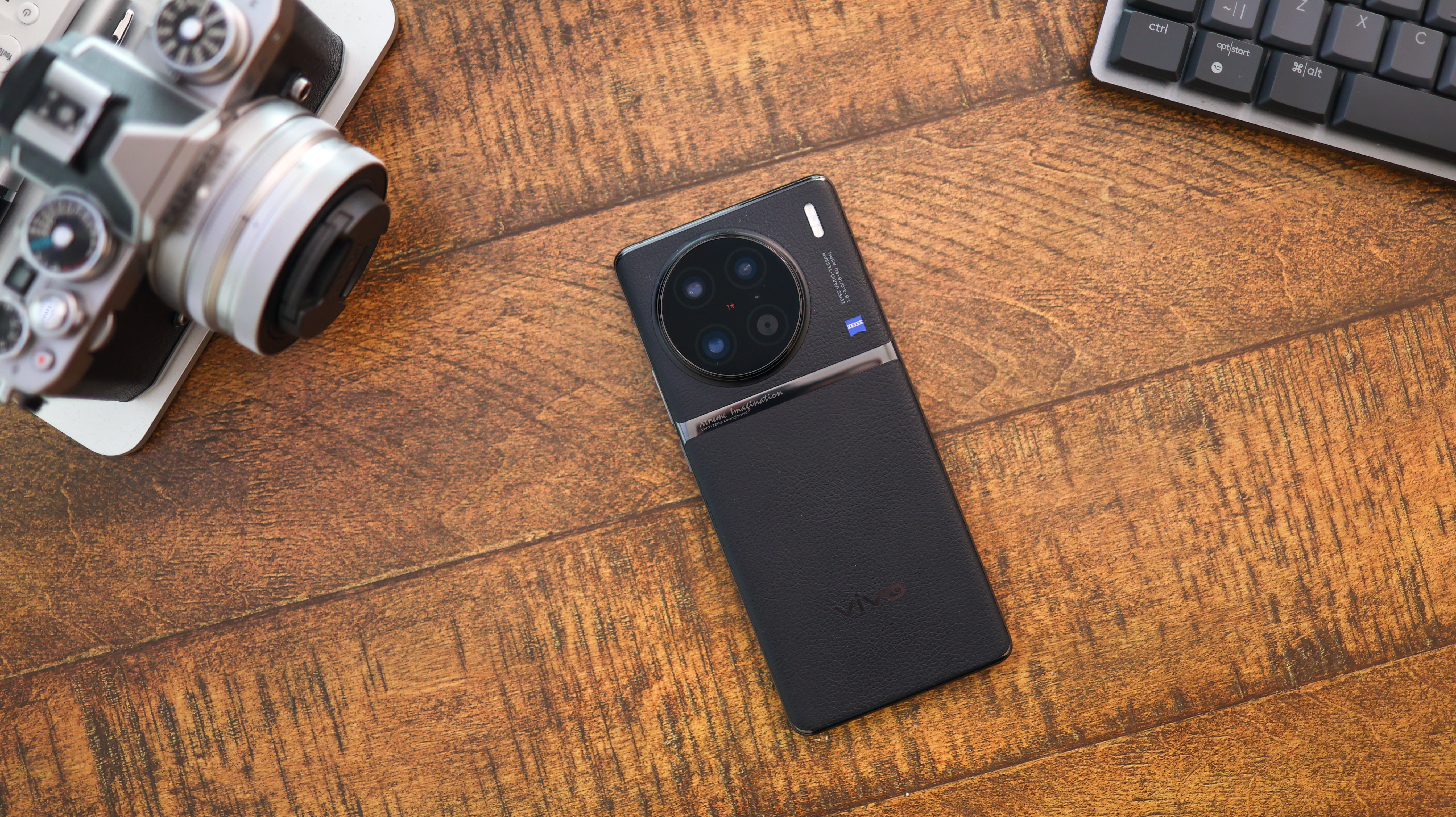
Early verdict
The X90 Pro seems like a mighty smartphone on first impression. At this stage, though, we're more excited by what it represents than we are about the phone itself.
Firstly, it represents brands taking a punt on really advanced camera hardware in their phones and going all-in on larger sensors. The huge, 1-inch Sony IMX989 is a game changer for mobile photography, and the more brands that get on board and invest in it, the sooner we'll see the best it can offer. It will also herald a new breed of smartphone photographers – RX100 owners, for example – leaving their pricey compact cameras at home.
Vivo's X90 Pro also represents a punt on MediaTek. Thus far, Qualcomm has been the flagship chip maker of choice, but if the X90 Pro's performance lands well, then it could drive chipset competition and innovation like never before, which will directly impact imaging and computational photography. As too will the increased use of custom ISPs like the Vivo V2 chip – a further trend the X90 Pro represents.
In summary, the Vivo X90 Pro looks like a brilliant phone from the offset, and it could be the best camera phone of the year with that huge 1-inch sensor. While there appear to be some shortfalls compared to last year's model, as a package, we look forward to finding out if it's more than the sum of its parts.
Basil Kronfli is a freelance technology journalist, consultant, and content creator. He trained in graphic design and started his career at Canon Europe before moving into journalism. Basil is also experienced in video production, independently running the YouTube channel TechEdit, and during his time at Future, he worked alongside the Digital Camera World team as a senior video producer.
